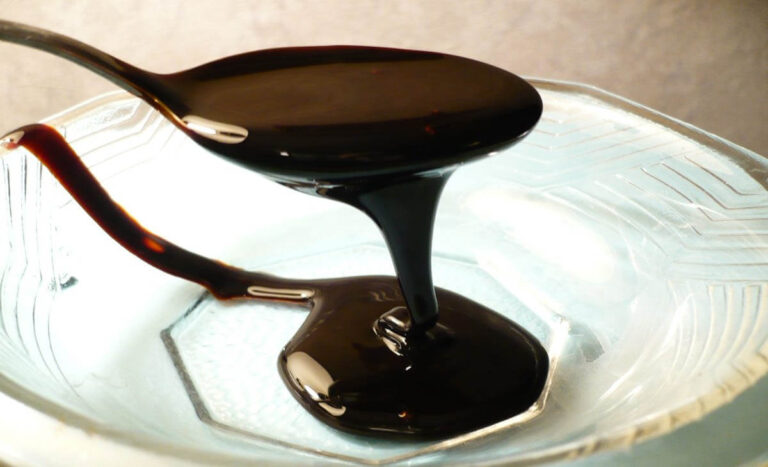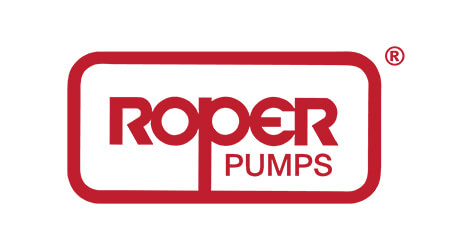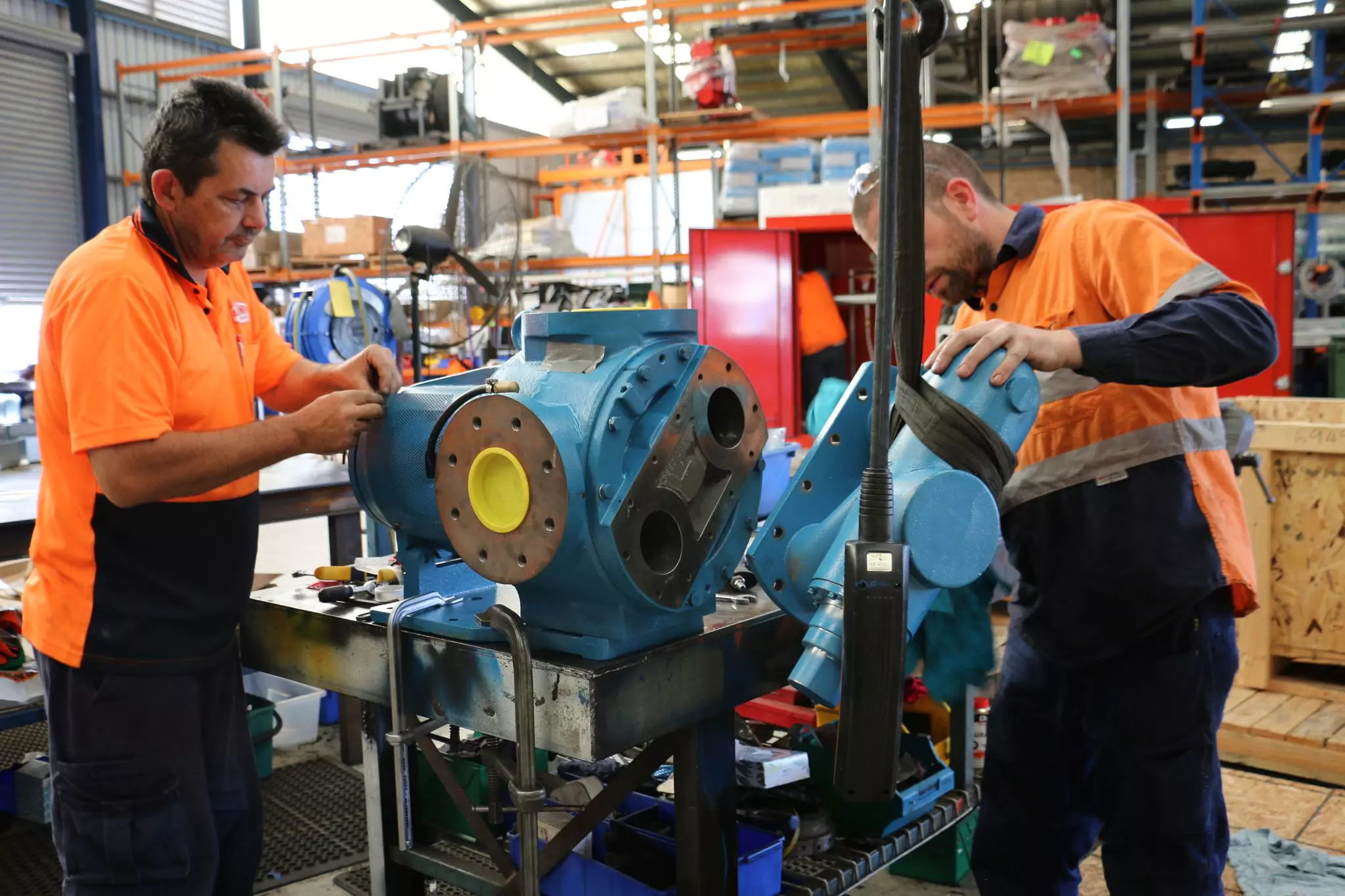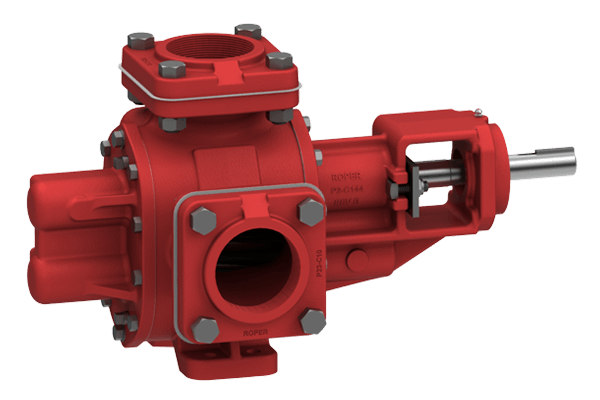Gear Pumps as Molasses Pumps
Molasses is the residue left after the crystallisation of sucrose. It is relatively little used in confectionery apart from in the manufacture of liquorice, which is its largest use, and in making treacle toffee. In this product the treacle adds colour and flavour. The definition of treacle in some dictionaries is sufficiently wide to include golden syrup, however, in this work treacle means a black syrup made by diluting molasses. Golden syrup is a golden-coloured syrup produced by partially inverting a cane sugar syrup, which could be regarded as the equivalent of invert sugar lightly contaminated with molasses. Golden syrup is occasionally used in confectionery for flavour and colour – Source Science Direct

Pump Types For Molasses

When pumping Molasses the ideal pump type to be used is a Gear Pump. Gear pumps are a type of rotary positive displacement pump, meaning they pump a constant amount of fluid for each revolution. Gear pumps transfer fluid by gears coming in and out of the mesh to create a non-pulsating pumping action. Gear pumps are able to pump at high pressures and excel at pumping high viscosity liquids efficiently.
Why use a gear pump for handling molasses?
Gear pumps work well in handling fluids that are highly viscous (in common terms fluids or liquids that are very thick and sticky). If you need to handle high-viscosity fluids a gear pump is one of your best options.
Another reason for using a gear pump to handle molasses is its flow rate. Gear pumps have a very controllable and steady flow rate, this is ideal for food processing and applications where accurate amounts of fluids need to be added through a pump.
Brands Of Gear Pumps For Molasses
At All Pumps we stock several brands of Gear Pumps that are ideal for pumping molasses.



An example of a good gear pump for molasses is the Roper 2835 series specifically designed to pump viscous fluids up to 100,000 ssu.
Directly couples to standard electrical motor pressures up to 75 PSI.





Physical Properties Of Molasses – Viscosity
The viscosity of a liquid is a measurement of its resistance to flow. Unlike low viscosity liquids such as water, molasses exhibits a laminar flow pattern with the liquid particles remaining in straight lines to form a series of concentric rings which shear against each other. The result of this type of flow pattern is the velocity of the liquid next to the pipe wall is virtually at zero, with maximum velocity at the centre core of the pipe. This is why the molasses pipework around a feed mill should be of a suitably large diameter and the pumps should be positive displacement working at 100-200 rpm.
Molasses – 5,000 to 10,000 centipoise (cps)
Centipoise
Viscosity is the measurement of a fluid’s internal resistance to flow. This is typically designated in units of centipoise or poise but can be expressed in other acceptable measurements as well. Some conversion factors are as follows:
100 Centipoise = 1 Poise
1 Centipoise = 1 mPa s (Millipascal Second)
1 Poise = 0.1 Pa s (Pascal Second)
Centipoise = Centistoke x Specific Gravity




